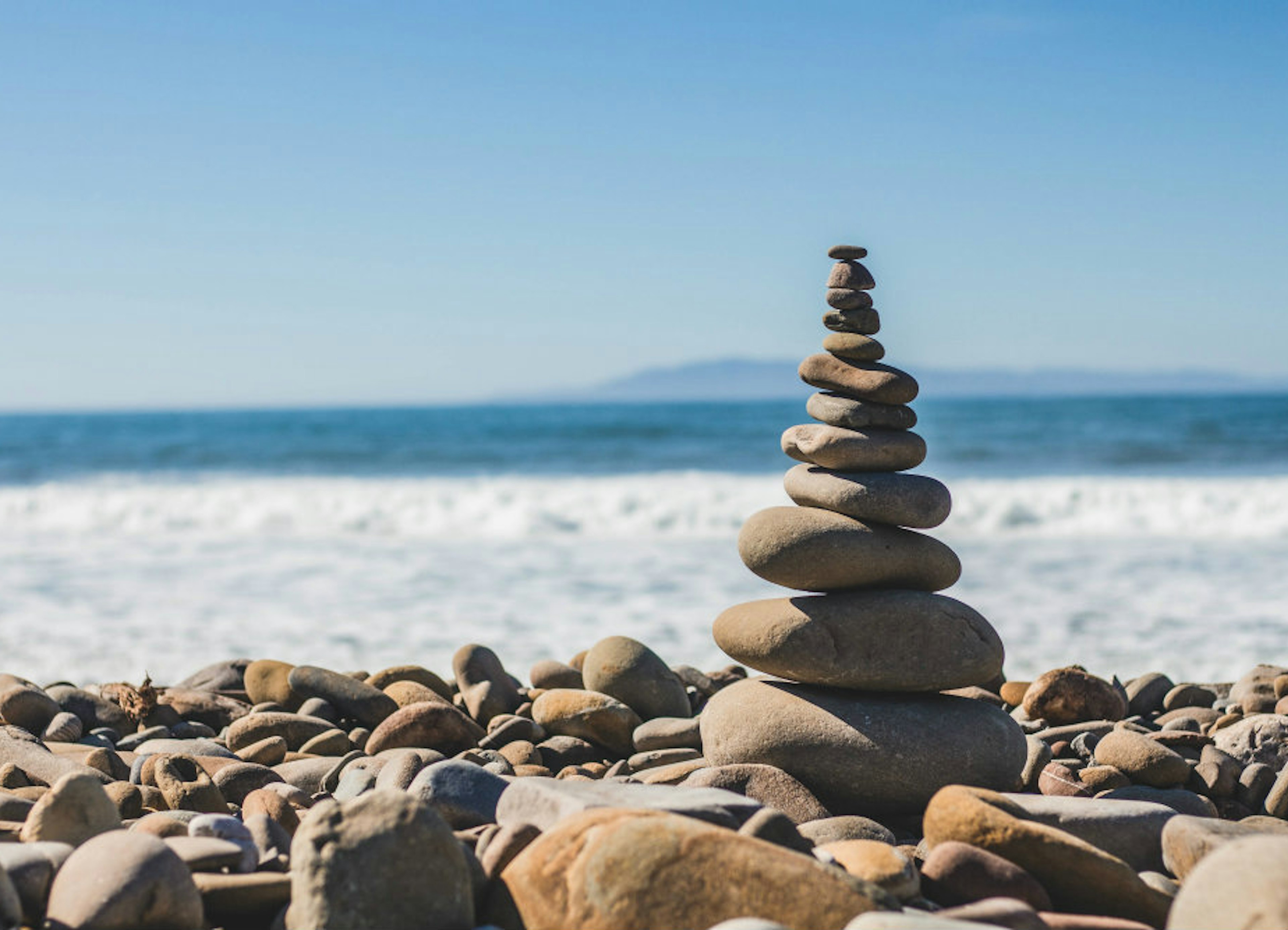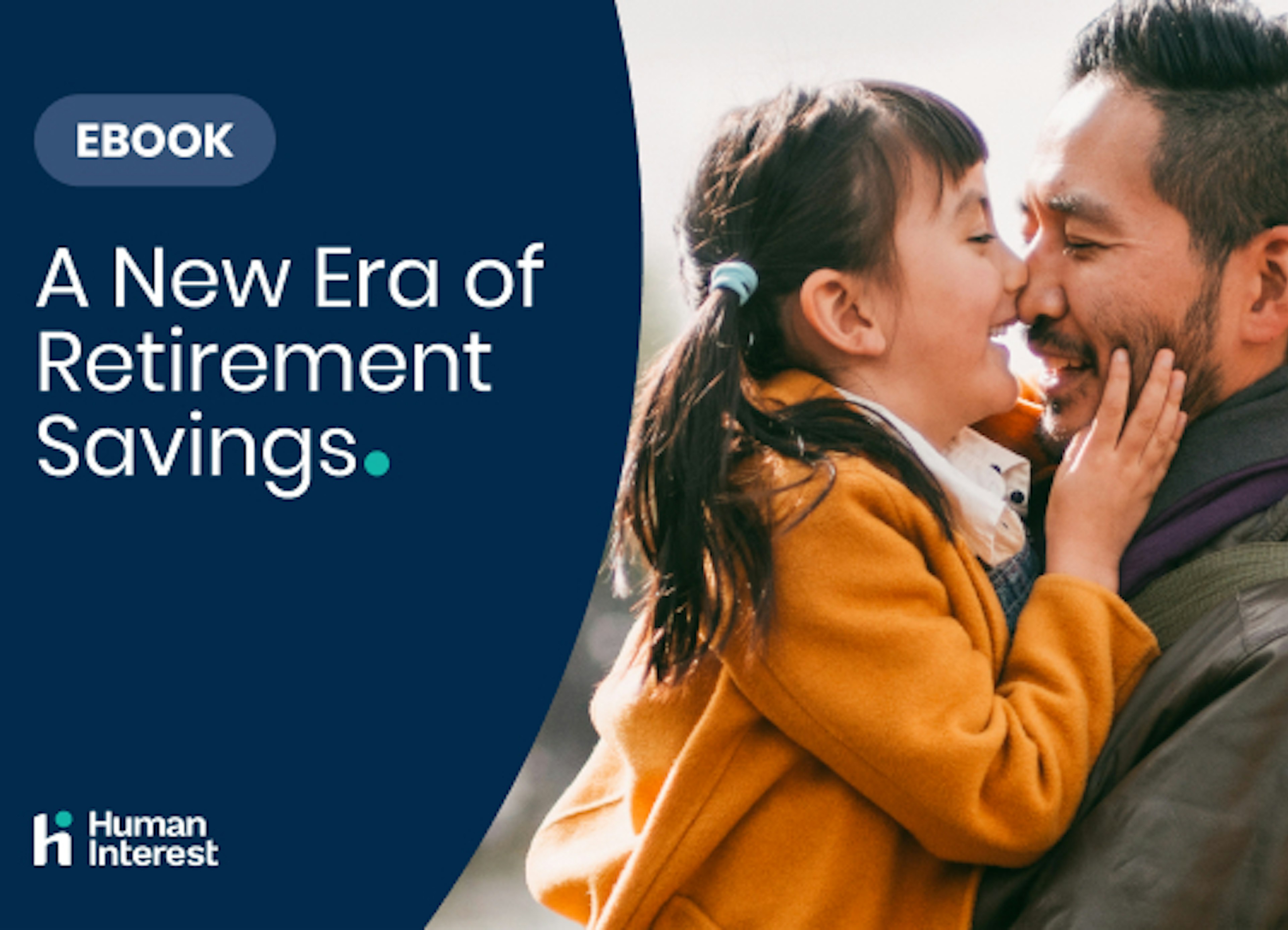75% of American households with annual incomes under $50,000 wouldn’t be able to pay an emergency $1,000 bill. If you’re thinking that this may be mostly due to the income bracket, think again. 67% of American households with annual incomes between $50,000 and $100,000 and 37.5% of American households with annual incomes over $100,000 wouldn’t be able to cover an unexpected $1,000 bill either! No matter your level of income, you can’t go wrong in putting some of your funds away for a rainy day. Let’s review when the right time is to start building an emergency fund, how you should go about setting one up, and what to keep an eye on once it’s up and running.
When do I need an emergency fund?
In the following three situations, it would be best to delay setting up or contributing to your emergency fund:
When you’re in danger of having your wages being garnished by a creditor
Whether it’s an issuer of student loans, the IRS, or a creditor with a case against you, there are several lenders who can get a hold of up to 25% of disposable earnings from your paycheck. If you’re behind in payments to the IRS, an ex-spouse demanding child support or alimony, or issuer of a federal student loan, then it’s best that you use your money to figure out a payment plan to prevent the seizure of funds from your paycheck. In the case of mandated wage garnishment, creditors could also go after your federal and state tax refunds!
When you have an outstanding balance on a 401(k) loan
One of the top reasons it doesn’t make sense to take a loan from your 401(k) is that the unpaid balance becomes taxable income in the event that you fail to repay back the loan within five years from the date that the loan was issued or within 60 days when separating from your employer. On top of applicable state and federal income taxes, you’ll also be slapped a 10% early withdrawal penalty from the IRS when under age 59 1/2 and another penalty fee in certain states.
When you have a large balance on a high-interest credit card
Unless you take care of those high-interest credit cards, they’ll constantly drag down your finances and even your investment returns. Try to take advantage of a promotional 0% APR promotional balance transfer and focus on paying down that debt faster.
Once you’ve taken care of these three scenarios, then you’re ready to set up your emergency fund.
Where should I put my emergency fund money?
First of all, your rainy-day money should be stored separately from your regular checking account. Not only does keeping your emergency funds in your checking account increase your chances of being tempted to tap into those funds, but they also pay you a crummy interest rate. According to the October 2016 data from the Federal Deposit Insurance Corporation (FDIC), the national average interest rate for a checking account is 0.04%.
On the other hand, you shouldn’t hunt just for higher interest rates — you don’t want to lock your emergency money into long-term contracts that would prevent you from actually having quick access in case of an unexpected bill. For example, a 36-month certificate of deposit (CD) has a national average interest rate 12 times higher than those from checking accounts, according to the FDIC. But would such a CD really work for your emergency account given the withdrawal penalties?
Three key places to include in your search for the optimal balance between liquidity and savings rate are:
Credit unions: In June 2016, a $2,500 money market account paid a national average 0.17% interest rate at credit unions and 0.12% at banks. Many credit unions can easily beat those averages. One example is the University of Hawaii Federal Credit union, which offers 0.20% on savings accounts and 0.30% on money market accounts as of October 2016.
Kasasa accounts: At participating local banks and credit unions, you may be able to get even higher interest rates through a Kasasa brand free checking with above-market interest rates and rewards. Make sure to read the fine print on how to become eligible for the high-interest rate, up to 3.51% APY in some states, because requirements may include a minimum of monthly transactions or setting up at least a certain number of automatic bill payments.
Online saving accounts: Paying as much as a 1.05% APY, high yield online savings accounts are a good alternative for those already doing most of their banking online. There are many options out there, including Ally Bank, Capital One 360, Discover, and Synchrony.
How much do I need to put in my emergency fund?
Financial experts agree that your emergency fund should cover three to six months of critical living expenses, including:
Housing
Food
Health care (including insurance and medications)
Utilities
Transportation
Debt payments
Qualifying personal expenses
Non-essential expenses, such as eating out, going to the movies, or saving for Christmas shopping, take a step back in the event that you were to lose your job, become temporarily disabled, or suffer a major catastrophe. Your emergency fund calculations assume that you would cut back on all those discretionary charges.
If you are just starting out with your emergency fund, set a three-month fund as an initial target. Once you reach that target, then aim to increase your fund to cover six months of critical living expenses.
What should I do after I set up my emergency fund?
Once your emergency fund is all set up, consider the following steps.
Moving a portion of the emergency fund that you would tap at a later date, such as in the fourth, fifth, and sixth month, to a less liquid savings account offering a higher interest rate. This is often called “laddering” and can be used with a combination of various types of accounts, such as CDs.
Replacing the funds that you used up for actual emergencies recently, such as replacing the amount you spent on vehicle maintenance or your water heater last month.
Adding some extra padding to your emergency fund as necessary to account for changes in your line of work, personal financial situation, or overall economic climate.
Leveraging your large deposit to gain better customer service, a higher savings interest rate, or reduction in fees at the financial institution holding your emergency fund.
Contribute to your retirement accounts: remember that in 2026, you can put up to $24,500 ($32,500 if age 50 and over, or up to $35,750 if age 60-63) and up to $7,500 ($8,600 if age 50 and over) per year in 401(k) and IRA plans, respectively. Even if you don't hit the maximums, the more you contribute, the more this will help you with taxes both in the short and long term.
Getting started with your emergency fund can be difficult and overwhelming, but setting one up and regularly contributing even small amounts will definitely improve your chances of meeting your financial goals. By having funds for those unexpected bills or a period of time in-between jobs, you’ll be able to keep within your monthly budget and continue to save for retirement.
Automatic Transfers: How to Save Without “Budgeting”
Low-cost 401(k) with transparent pricing
Sign up for an affordable and easy-to-manage 401(k).

Article By
Damian DavilaDamian Davila is a Honolulu-based writer with an MBA from the University of Hawaii. He enjoys helping people save money and writes about retirement, taxes, debt, and more.


